A new species of forcepfly named Austromerope brasiliensis, was recently discovered in Brazil and described in the open access journal Zoo Keys. This is the first discovery of forcepfly in the Neotropics and only the third known worldwide. The forcepfly, often called the earwigfly because the male genital forceps closely resemble the cerci of the common earwig, remains a scientific enigma due to the lack of information on the family.
Forcepflies make up the Meropeida family, which has been around since the world’s continents were combined in a supercontinent Pangea, meaning that the Meropeidae family could be more than two hundred million years old. Even so the new species marks the discovery of only the third extant forcepfly known, one is known from Australia and another from North America.
Little is known about the actual biology of the Meropedia. The forcepfly has broad wings that are capable of fully folding over the abdomen; its body is flattened and its head is “opisthognathous,” meaning that it has retractable jaws. From observations, scientists have concluded that adults are nocturnal and reside primarily on the ground. They are also capable of stridulation, or producing sound by rubbing body parts together like a cricket. In most cases an arthropod will do this when looking for a mate, warning off predators, or marking territory, however scientists don’t yet know why the forcepfly performs stridulation. Even less is known about immature or juvenile stages of the forcepfly, including their appearance.
What can be concluded though is that the world’s rainforest still contain numerous biological surprises. The forest where this species was found, also known as the Mata Atlântica, is more ancient than even the Amazon. Encompassing a multitude of environments from coastal mangrove forests to moist forests, the Mata Atlântica, or the Atlantic Forest, has developed completely unique ecosystems found no-where else largely due to its massive size and distance from the Amazon.
However in the past few centuries the Mata Atlântica has become one of the most threatened tropical forests on the planet, as well as one of the least protected, due to deforestation, plantations, ranching and expanding human populations. The Mata Atlântica has shrunken from 1.2 million square kilometers to less than 100,00 square kilometers today. This change would be equivalent to clearing New York City over sixty three times.
“The discovery of this new relict species is an important signal to reinforce the conservation of Brazilian Atlantic Forest biome. Certainly there are many more mecopterans species yet to be discovered in these forests,” says Renato Machado, lead author of the study with Texas A&M University.

New species of forcepfly discovered in Brazil: Austromerope brasiliensis. Photo by: Machado et al.
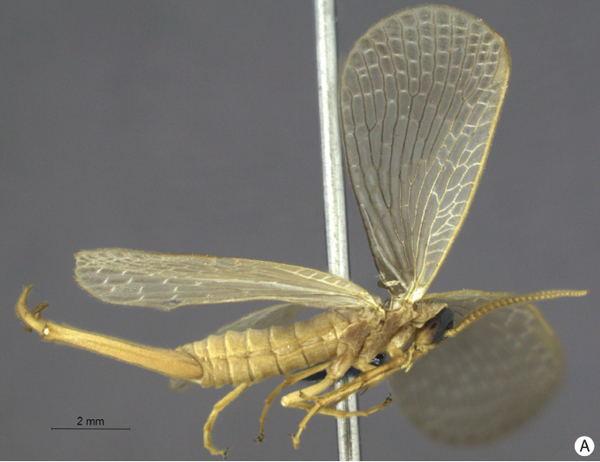
New species of forcepfly discovered in Brazil: Austromerope brasiliensis. Photo by: Machado et al.
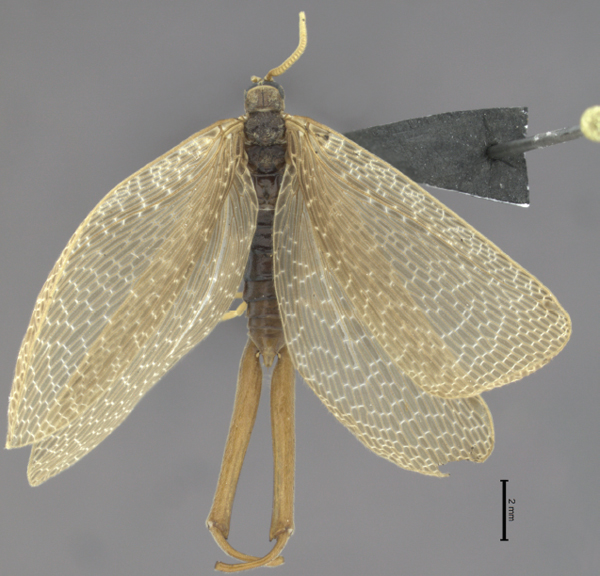
New species of forcepfly discovered in Brazil: Austromerope brasiliensis. Photo by: Machado et al.
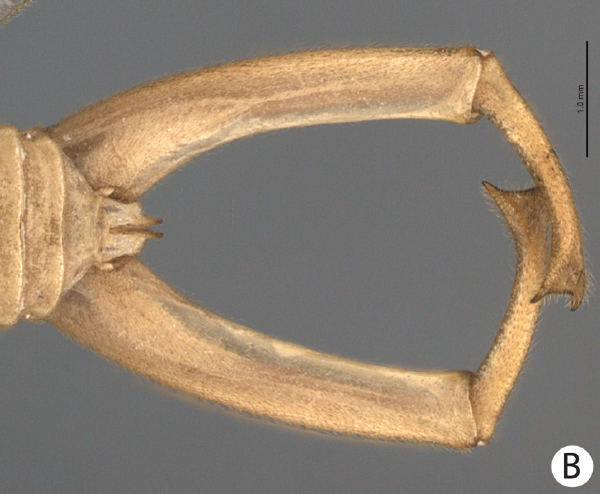
This picture shows a close-up of the peculiar forceps of Austromerope. Photo by: Machado et al.
CITATION: Renato Jose Pires Machado, Ricardo Kawada, José Albertino Rafael (2013) New continental record and new species of Austromerope (Mecoptera, Meropeidae) from Brazil. ZooKeys 269: 1–10. doi: 10.3897/zookeys.269.4240.
Related articles
New species tree-dwelling porcupine discovered in critically threatened Brazilian habitat
(04/11/2013) Scientists in Brazil have described a new species of tree-dwelling porcupine in the country’s most endangered ecosystems. The description is published in last week’s issue of Zootaxa.
Nest of one of world’s rarest birds discovered for the first time
(01/17/2013) A nest belonging to one of the world’s rarest birds has been discovered by researchers for the first time in Brazil, reports the American Bird Conservancy.
Beautiful striped bat is the “find of a lifetime” (photos)

(04/10/2013) Scientists have uncovered a rare, brilliantly-striped bat in South Sudan that has yielded new secrets after close study. Working in Bangangai Game Reserve during July of last year, biologist DeeAnn Redeer and conservationist Adrian Garsdie with Fauna & Flora International (FFI) came across an unmissable bat, which has been dubbed by various media outlets as the “badger bat” and the “panda bat.”
Looking beyond the hundred legs: finding new centipedes in India requires many tools
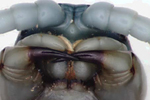
(04/08/2013) A small, boneless creature, that lives underground, with a “hundred” legs, and a rather powerful sting; some of these creatures are drab, but some are so beautiful and brightly colored that they can startle. Centipedes. There is more to a centipede than its many legs, and its habit of darting out of dark places. One of the first lifeforms to turn up on land, some centipede fossils date back to about 450 million years ago. They have been evolving steadily since, with some estimates showing about 8,000 species today. Not even half of these species have been taxonomically described.
New giant tarantula that’s taken media by storm likely Critically Endangered (photos)
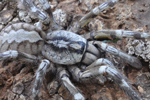
(04/04/2013) Described by a number of media outlets as “the size of your face” a new tree-dwelling tarantula discovered in Sri Lanka has awed arachnophiliacs and terrified arachnophobes alike. But the new species, named Raja’s tiger spider (Poecilotheria rajaei), is likely Critically Endangered according to the scientist that discovered it in northern Sri Lanka.